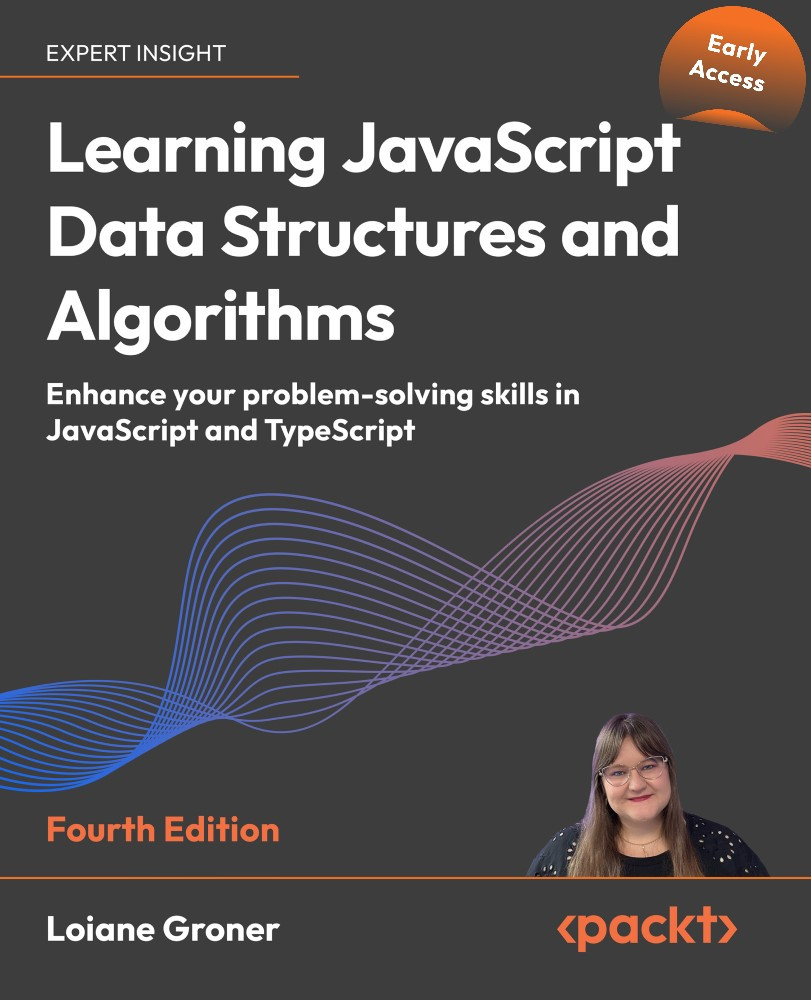The linked list data structure
Arrays, a ubiquitous data structure found in nearly every programming language, offer a convenient way to store collections of elements. Their familiar bracket notation ([]) provides direct access to individual items. However, arrays come with a key limitation: their fixed size in most languages. This constraint makes inserting or removing elements from the beginning or middle a costly operation due to the need to shift remaining elements. While JavaScript provides methods to handle this, the underlying process still involves these shifts, impacting performance.
Linked lists, like arrays, maintain a sequential collection of elements. However, unlike arrays where elements occupy contiguous memory locations, linked lists store elements as nodes scattered throughout memory. Each node encapsulates the element's data (the information or value we want to store) along with a reference (also called a pointer or link) that directs you to the next node in the...

































































